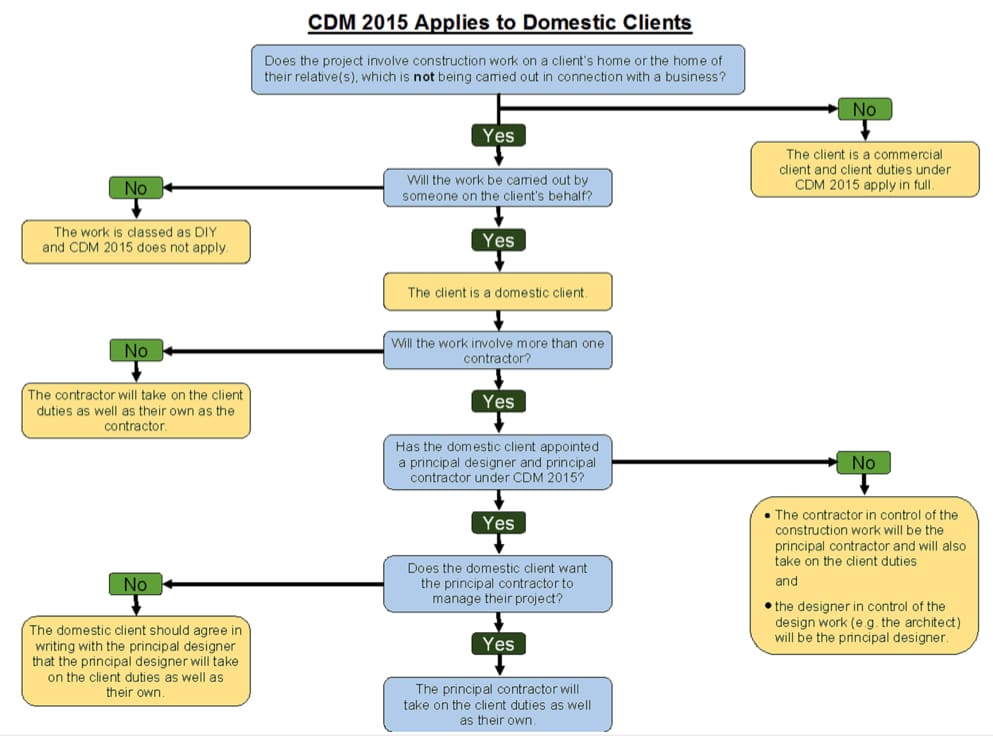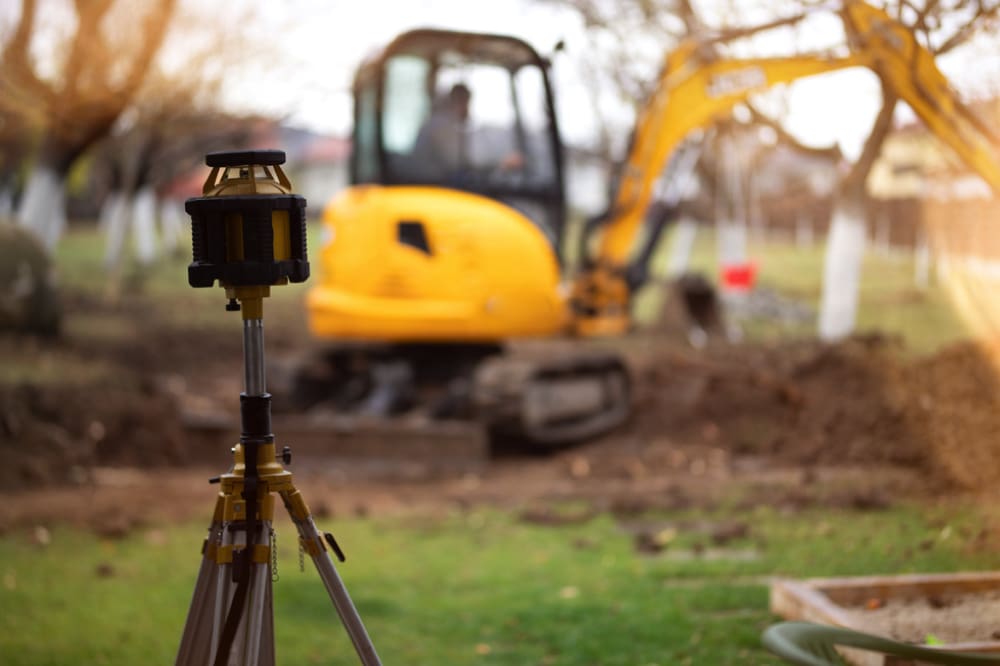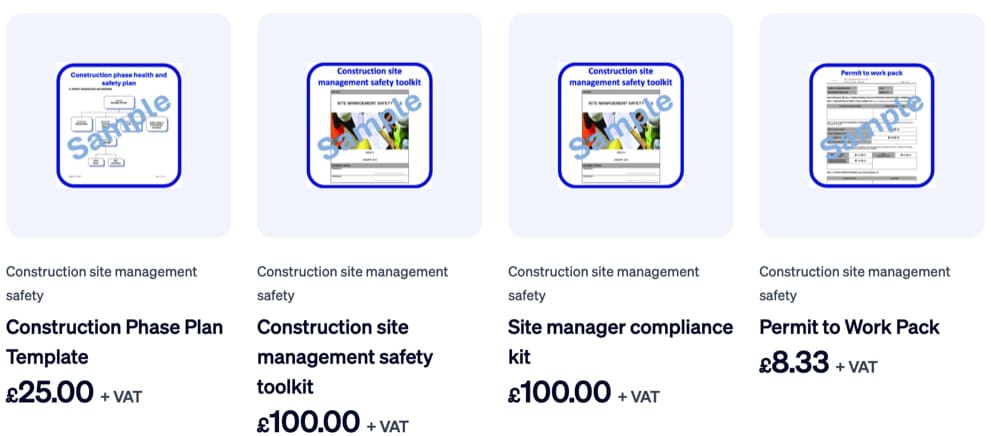Domestic Construction Phase Plan CDM
In this article we will explain the domestic construction phase plan CDM. Does your project require a CDM plan?
Domestic projects involving only you as a contractor
On these projects, the client duties are transferred to you, who must carry out the client’s duties as well as your own. In practice, this will involve you doing no more than they have done in the past to comply with health and safety legislation. Compliance with your own duties as a contractor will be taken as compliance with the relevant client duties to the extent necessary given the risks involved in the project. As a result of you taking on the client duties, any designers involved in the project will work with you in their role as the ‘client’.
Domestic projects involving more than one contractor
For projects involving more than one contractor the Principal Contractor will normally assume the Client duties. The domestic Client can choose to appoint the Principal Designer for the project. If, however, they do not make this appointment, the first Designer appointed during the preconstruction phase is the Principal Designer for the project. If so, the Principal Designer will be answerable to the Principal Contractor in their role as ‘Client’ for the project and will be responsible for liaising with them.
CDM rules
CDM applies to all construction projects, including domestic projects, regardless of size or duration. Domestic DIY projects are exempt from CDM, but significant work may require building control approval. Even if a project is not notifiable (see below), CDM still applies.
HSE Notifiable Projects
If the project takes more than 30 days to complete and/or involves more than 20 people, the project then needs to conform to CDM regulations and is a notifiable project. You don’t need to notify HSE for non-notifiable projects, but CDM rules still apply.
Buy a construction phase CDM template
Key CDM Requirements
- Construction phase plan: A written document describing how the health, safety and welfare will be managed throughout the project.
- Competent people: Ensure that all those involved in the project, including the client, designers, and contractors, are competent.
- Risk management: Encourage clear and effective communication and cooperation among all parties involved.
- Communication: Encourage clear and effective communication and cooperation among all parties involved.
- Health and Safety file: Keep a record of health and safety information for the project, to be maintained throughout the project lifecycle.
- Domestic clients: For domestic clients, the client’s duties normally pass to the contractor if it is a single-contractor project or to the principal contractor for projects with more than one contractor.
- Welfare facilities: Ensure adequate welfare facilities are provided, such as toilet and washing facilities, a place for preparing and consuming refreshments, and somewhere for storing and drying clothing and personal protective equipment.
- Site inductions: Provide site inductions to keep people aware of any site danger.
- Prevent unauthorised access: Take reasonable steps to prevent unauthorised access to the construction site.
- Worker consultation: Consult and engage workers in securing their health and safety.
Refer to the following flow diagram for further details of CDM domestic projects.
CDM 2015 Applies to Domestic Clients


Buy a completed construction phase CDM plan
You can buy a completed construction phase CDM plan that is full editable, together with other site management documents, systems and tool.
Click on the link or image to buy.












